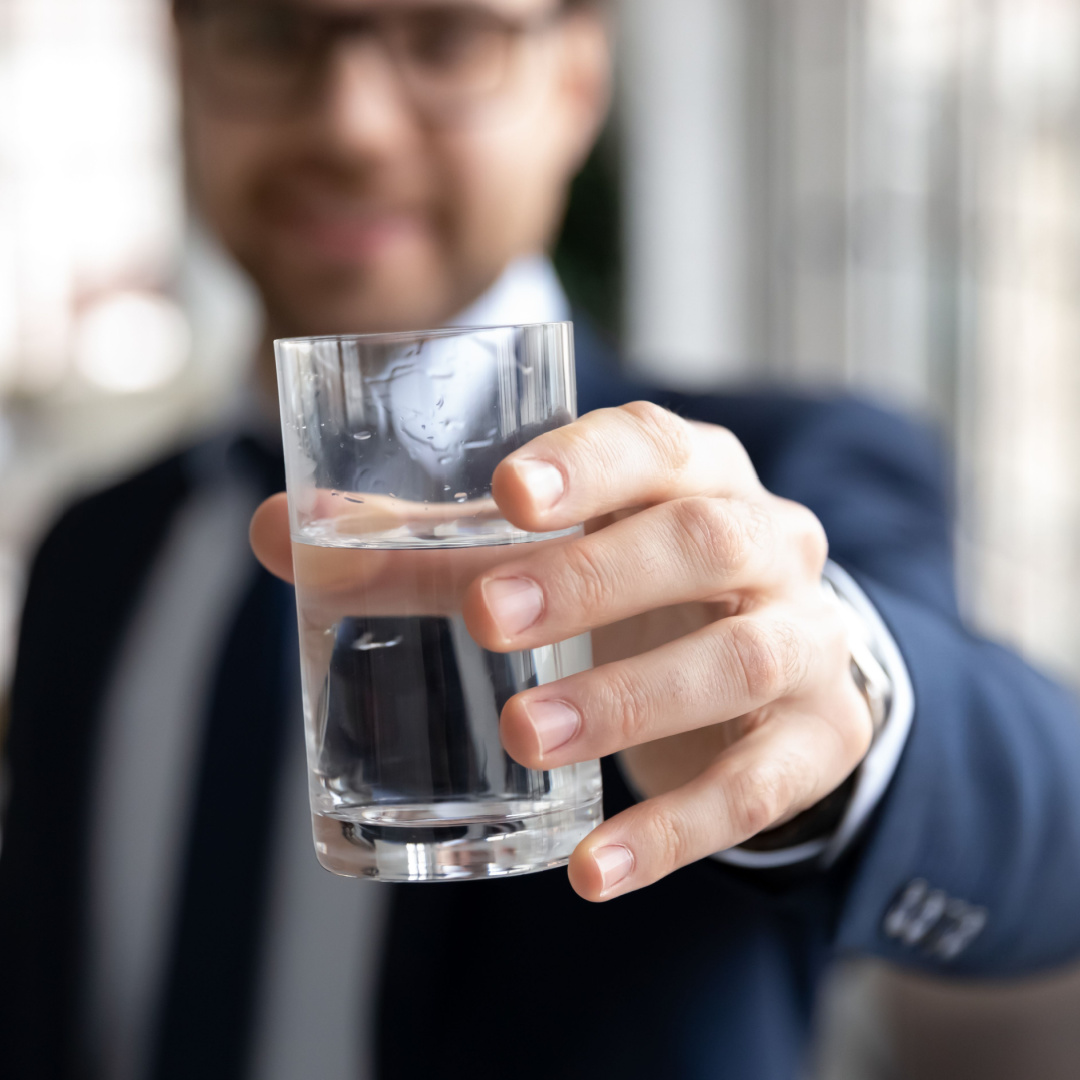The Role of Water Purification Amidst Water Toxicity Findings Across the East Coast
Where is Water Toxic and How Can Water Purification Help?
Water purification is a popular conversation piece, particularly when public water supplies are impacted for the worst. For instance, early this year, the East Palestine Train Derailment incident made the news when 1.6 million pounds of toxic (cancer-causing) chemicals were released into the Ohio River Basin, impacting the water supplies for Pennsylvania, Maryland, and beyond. At that time, residents across the East Coast buzzed about water filtration and water purification efforts.
Now Seminole County, Florida, has been faced with a similarly daunting challenge to ensure access to safe, clean drinking water for its residents after a toxic chemical, 1,-4 dioxanes contaminated the county’s water systems. While the water in the county has been said by the County Commissioner to “always” be “safe to drink” without implementing water purification systems, the rapid decline in water quality leaves residents concerned about the next steps.
The toxic chemical, 1,-4 dioxane, is now known by the U.S. Environmental Protection Agency as a “contaminant of emerging concern,” due to the health problems it can produce through exposure, including liver and kidney cancer as well as reproductive/developmental effects, among other acute problems. Fortunately, water purification, different from water filtration, is capable of reducing 1,-4 dioxane levels by 96%, as opposed to a 50% reduction by a standard carbon filter. Advanced water purification systems filter and purify water levels, using reverse osmosis technology; this is the only sure response to contamination.
What Can Be Done to Restore Water Quality Once Contaminated?
Restoring water quality requires a multifaceted approach that combines immediate actions with long-term infrastructure changes. To begin, authorities must conduct comprehensive water quality assessments to identify the surface water, groundwater, wells, and aquifers affected by the toxic waste. Next, the removal and storage of affected soil and/or wastewater must be secured in one or more of the nation’s thousands of licensed treatment facilities or landfill sites equipped to handle hazardous waste.
In addition to physical efforts, educational campaigns help to inform the public of the nature and source of the contaminant in hopes of reducing increased contamination and run-off. After all, the toxic chemicals vinyl chloride and 1,-4 dioxanes (present to either environmental disaster previously cited) are present not only in industrial settings but also in common household cleaning products such as paint strippers, dyes, greases, antifreeze, and more. The public needs information as well as water purification in order to contextualize the importance of these cleanup efforts. Most importantly, all counties surrounding any disaster are sure to invest in advanced water purification technologies to ensure clean drinking water.
Purified Water Systems As Innovative Solutions
To combat water toxicity crises effectively, impacted counties and states can look towards modern purified water systems as innovative solutions. Water purification, as opposed to filtration, can effectively remove harmful contaminants from the water supply prior to consumption, and from the source, be it a well, or public water supply. Purified water systems use activated carbon filters, reverse osmosis systems, and UV disinfection or activated oxygen solutions to eliminate harmful substances, like 1,-4 dioxanes, as well as microorganisms and impurities, lending to improved confidence about access to clean, safe drinking water for the public.
Well-respected companies like Optimum Water Solutions provide the East Coast with purified water systems. They implement a patented 5 (sometimes 6) stage purification/enhancement process:
- First, the water from the well or public water supply is sent through the sediment filter, where rust/clay/dust is removed.
- Second, the carbon filter removes chlorine and other organic compounds (microorganisms/bacteria/viruses).
- Thirdly, the reverse osmosis filter, (which is what boats use to purify salt water) removes metals, mercury, lead, and other harmful inorganic substances. Triple-nanofiltration is the key to enhanced water quality, alongside the world-renowned benefits of reverse-osmosis technology.
- Fourth, the polishing filter makes every sip taste amazing.
- Last but not least, alkalinity and electrolytes are typically added back into the water to give everyone adequate hydration and satisfaction.
August is National Water Quality Month, Prompting Immediate Use of Water Purification Systems in Florida and Beyond
Did you know that August is nationally recognized for its commitment to improving water quality? As such, Florida, Ohio, and Pennsylvania are not alone in their efforts to supply clean water to their residents. According to PBS, residents of Mississippi, Michigan, New York, Maryland, and even Hawaii have also faced serious problems with their drinking water. Effectually, they can all turn to water purification as a beacon of hope in ensuring clean drinking water for its residents. Moreover, by understanding the setbacks of run-off and by embracing innovative solutions, the collective states and counties can pave the way towards a sustainable and healthier water future for generations to come.
Water Purification Systems Near Me
If you’re a business owner on the East Coast, then Optimum Water Solutions is your best resource for water purification and environmental consciousness. Water purification and environmental consciousness are key ingredients to improved water quality in these regions, to which Optimum Water Solutions is committed. Clearly. Pure. Water.



